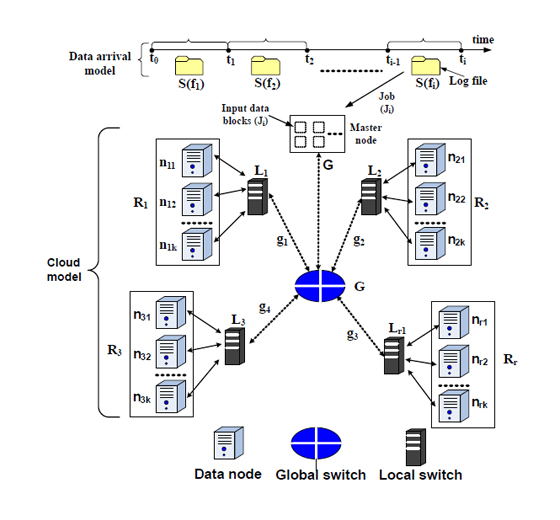 Dr Hirenkumar Thakkar from the Department of Computer Science and Engineering has published a research paper titled “RENDA: Resource and Network-aware Data Placement Algorithm for Periodic Workloads in Cloud” in the journal IEEE Transactions on Parallel and Distributed Systems Vol. 32, No. 12, pp. 2906-2920.
Dr Hirenkumar Thakkar from the Department of Computer Science and Engineering has published a research paper titled “RENDA: Resource and Network-aware Data Placement Algorithm for Periodic Workloads in Cloud” in the journal IEEE Transactions on Parallel and Distributed Systems Vol. 32, No. 12, pp. 2906-2920.
Each year, tech giants are spending millions of dollars to purchase the resources to store the data. However, efficient data placement is a critical issue for companies that experience several terabytes of data generation on daily basis. With such speed of data generation, it is the need of the hour to come up with a strategy for an efficient storage mechanism. This research investigates the data placement problems in cloud data centres and assists several tech giants such as Google, Facebook etc., to manage the cloud resource properly.
This research benefits society with a lower cost of cloud subscriptions, as tech giants are able to save several thousands of dollars by means of an efficient storage mechanism. This ultimately enables the tech giants to offer cloud service subscriptions at a reasonable cost.
The study was carried out in collaborations with Artificial Intelligence and Big Data Computing Lab (ABC Lab), Chang Gung University, Taiwan with Prof. Prasan Kumar Sahoo and in collaboration with Prof. Bharadwaj Veeravalli from the National University of Singapore. In addition to the current collaboration, there are several collaborations with the Indian Institute of Technology (IIT-BHU) as well as the University of Tartu, Estonia.
In future, Dr Thakkar is planning to come up with a book on cloud resource management using Nature-inspired learning. In addition to that, there are few projects such as filing two separate patents on Healthcare data analysis and opinion feature mining in collaboration with Chang Gung University, Taiwan, the National University of Singapore, and the University of Tartu, Estonia.
Read the full paper here: https://doi.org/10.1109/TPDS.2021.3080582

